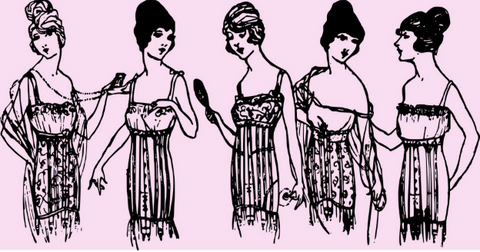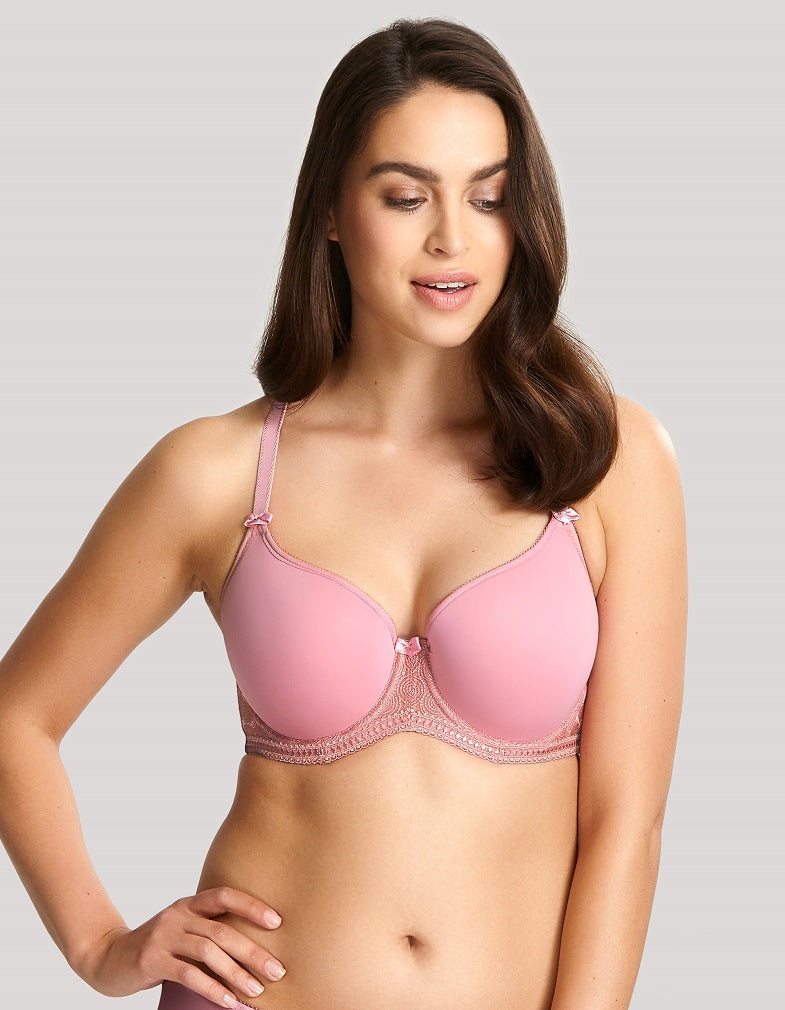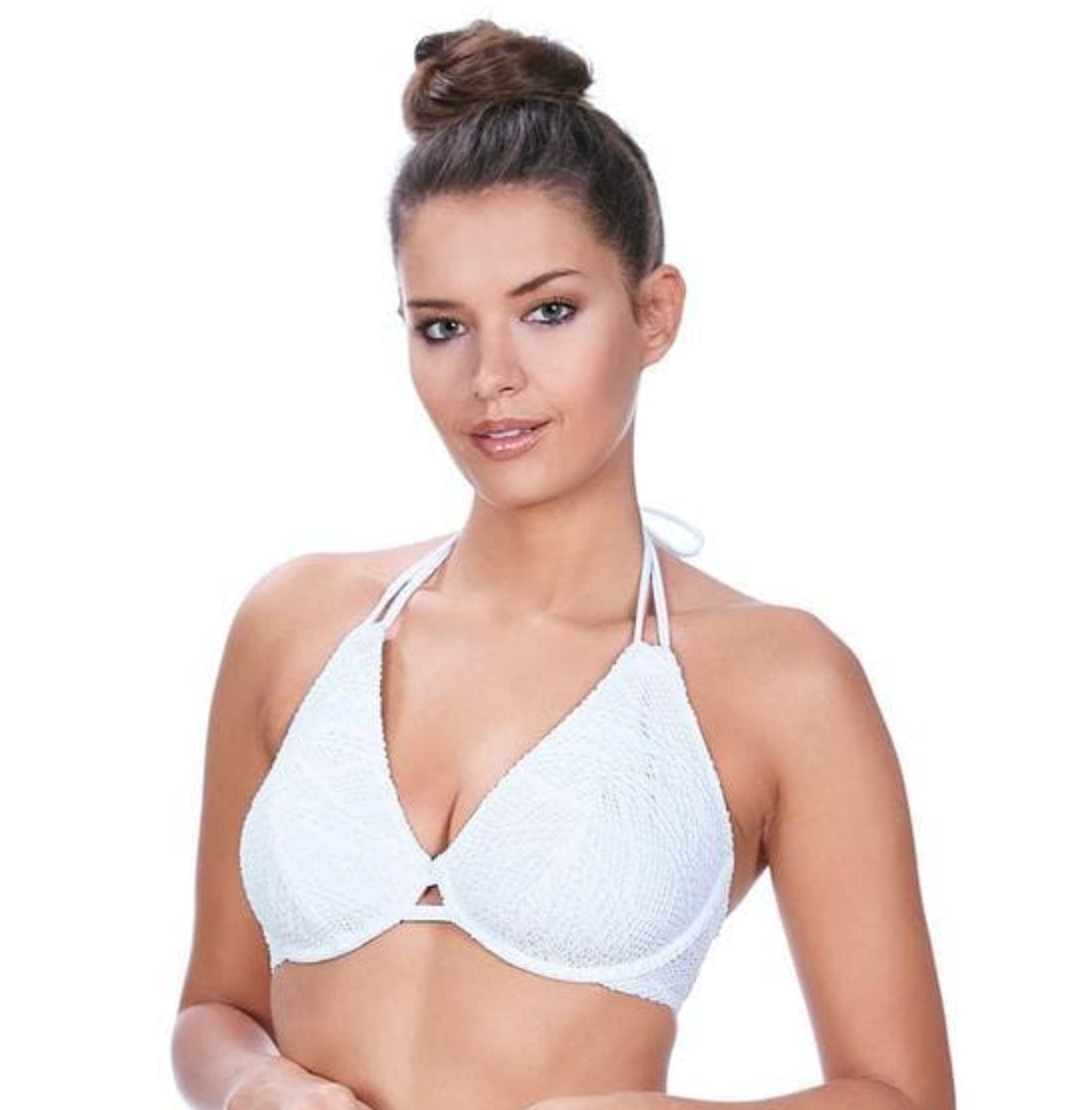Women have used fabric to support their breasts since ancient times. Wall paintings in Ancient Greece depict female athletes, otherwise nude, wearing what resembles a bandeau or bikini top, likely to support their breasts during physical activity. This is essentially an early version of a sports bra, worn for the same purposes.
These and other supportive garments weren’t necessarily considered an undergarment. They may have been worn over or uncovered by other clothing. In various Mediterranean cultures, women may have regularly had their breasts exposed, but others may have worn an early breast band depending on fashion and occasion at that particular time.
In medieval times (despite the orders of an edict in the Holy Roman Empire saying no woman could support her breasts via a tight dress or blouse), women wore bras. Archeologists found lace decorated bras dating back to 1390 made of linen and string. These bras didn’t generally have the same effect as modern bras as the idea of a fashionable figure has changed over time. For most of the middle ages, dresses were cut to minimize the figure although this was generally considered more pragmatic than aesthetic.




Leave a Comment